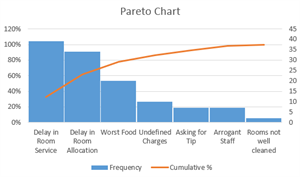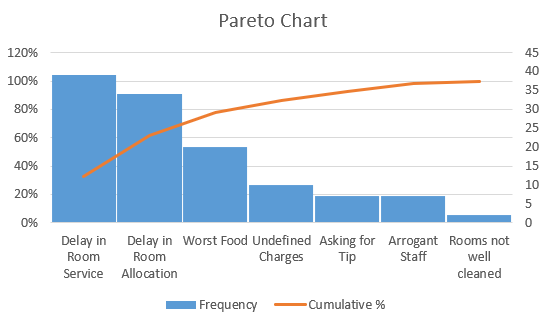What is Pareto Chart

What is a Pareto Chart? A Pareto Chart is a graphical representation of data that displays the relative frequency or size of problems in descending order of importance. It is based on the Pareto principle, which states that roughly 80% of effects come from 20% of causes. Pareto Charts are commonly used in quality control and project management to identify and prioritize issues or opportunities for improvement.

Pros of Pareto Charts:
- Easy to understand: Pareto Charts are simple and easy to understand, making them a popular choice for presenting data to non-technical audiences.
- Effective for prioritizing issues: Pareto Charts help project teams to identify and prioritize issues or opportunities for improvement by highlighting the most significant factors contributing to a problem.
- Can be used with a wide range of data types: Pareto Charts can be used with a wide range of data types, including categorical and numerical data.
Cons of Pareto Charts:
- May not identify root causes: While Pareto Charts help to identify and prioritize issues, they may not identify the underlying root causes of a problem, which can make it difficult to develop effective solutions.
- May oversimplify complex issues: In some cases, Pareto Charts may oversimplify complex issues by focusing too much on the top few contributing factors and ignoring other important factors that may be less significant but still contribute to the problem.
- May require additional analysis: Pareto Charts may require additional analysis to fully understand the data and to develop effective solutions, which can be time-consuming and resource-intensive.